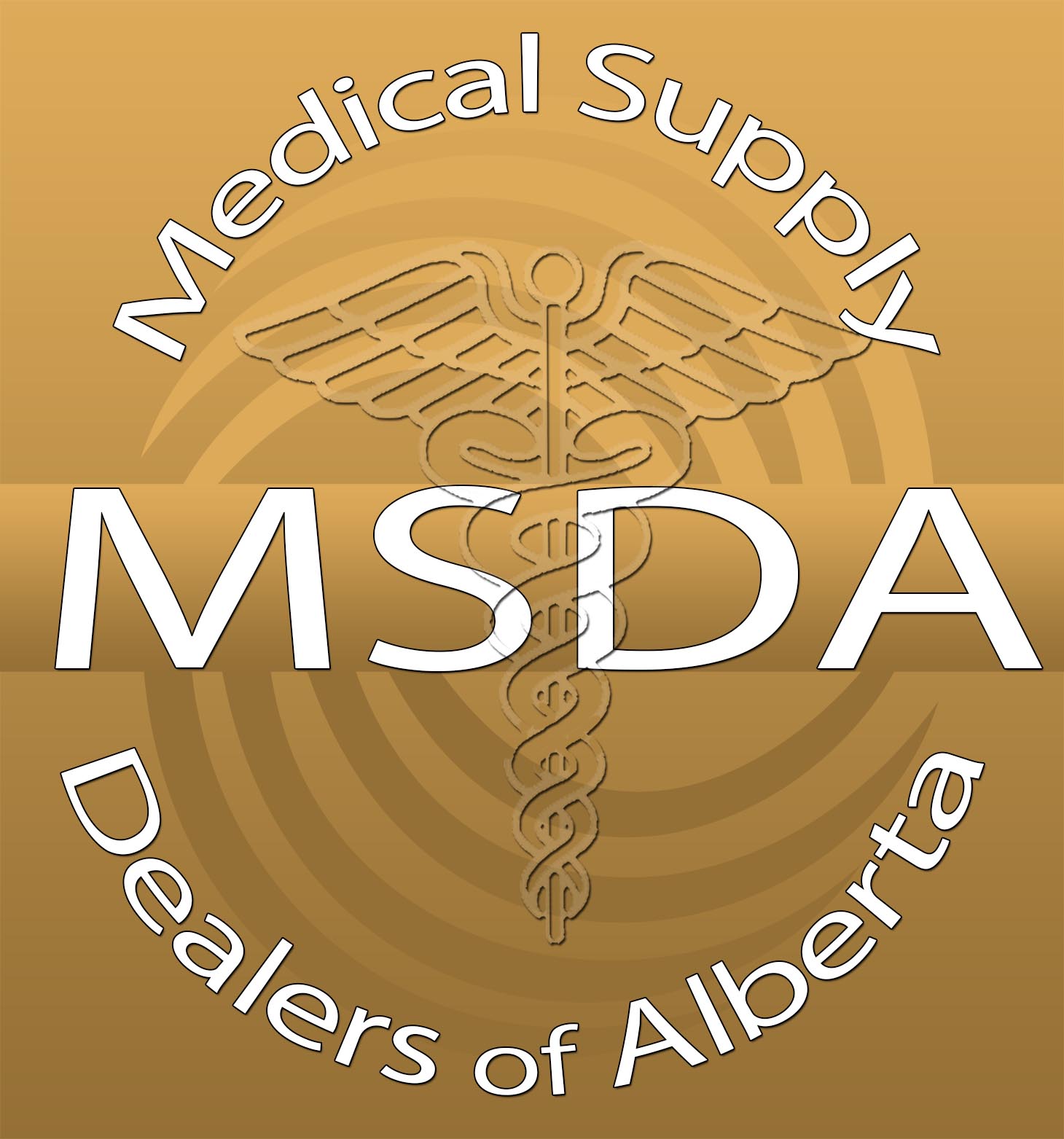Symptoms and Types
The symptoms at the onset of ALS may be so slight that they are frequently overlooked.
Some of the most common symptoms include following:
- muscle weakness in the hands, arms, legs or the muscles of speech, swallowing or breathing
- twitching and cramping of muscles, especially those in the hands and feet
- loss of the use of the arms and legs
- difficulty in projecting the voice and "thick speech"
- shortness of breath, difficulty in breathing and swallowing are common in more advanced stages
Although there are many commonalities, symptoms will vary from person to person. Common tell-tale signs may be tripping or stumbling, trouble lifting, uncontrollable periods of laughing or crying or slurred speech. Progressive muscle weakness and paralysis are experienced by all people with the disease and the hands and feet are usually affected first.
Most of the weakening of the muscles starts on the trunk of the body, but will eventually begin to affect speech, swallowing, chewing and breathing. When the breathing muscles become affected, the patient will need a ventilator to breathe.
Unlike some other neuromuscular diseases, the person’s sense of sight, touch, hearing, taste and smell are not affected.
There are three classifications of ALS:
- Sporadic - the most common form of ALS in the United States accounting for 90 to 95% of all cases.
- Familial - occurring more than once in a family lineage. This accounts for a 5 to 10% of all cases in the U.S. but there is a 50% chance each offspring of a parent with ALS will inherit the gene mutation and may develop the disease.
- Guamanian – found in people of Guam and the Trust Territories of the Pacific in the 1950's.
Treatment and Care
Unfortunately, there are no treatments to slow or halt the progression of ALS. There are drugs and devices available to help control symptoms and make living with the ALS easier.
ALS Treatment
Rilutek (riluzole) is an approved drug for the treatment of ALS. This drug seems to prevent the damage that can result from the nerve cell being overexcited by glutamate. There are potentially damaging side effects on the liver with this drug.
Physical therapy to slow the muscle deterioration is used in early stages of the disease.
There are medications and supplements available to relieve stiffness in the limbs and throat, slow muscle decline and to slow weight loss and ease cramps. Antidepressants are often prescribed to help with the depression that is often present with this fatal disease.
Scientists and researchers are always looking for new medicines and treatments for ALS and, ultimately, to unlock the cause of the disease to find a cure.
|
